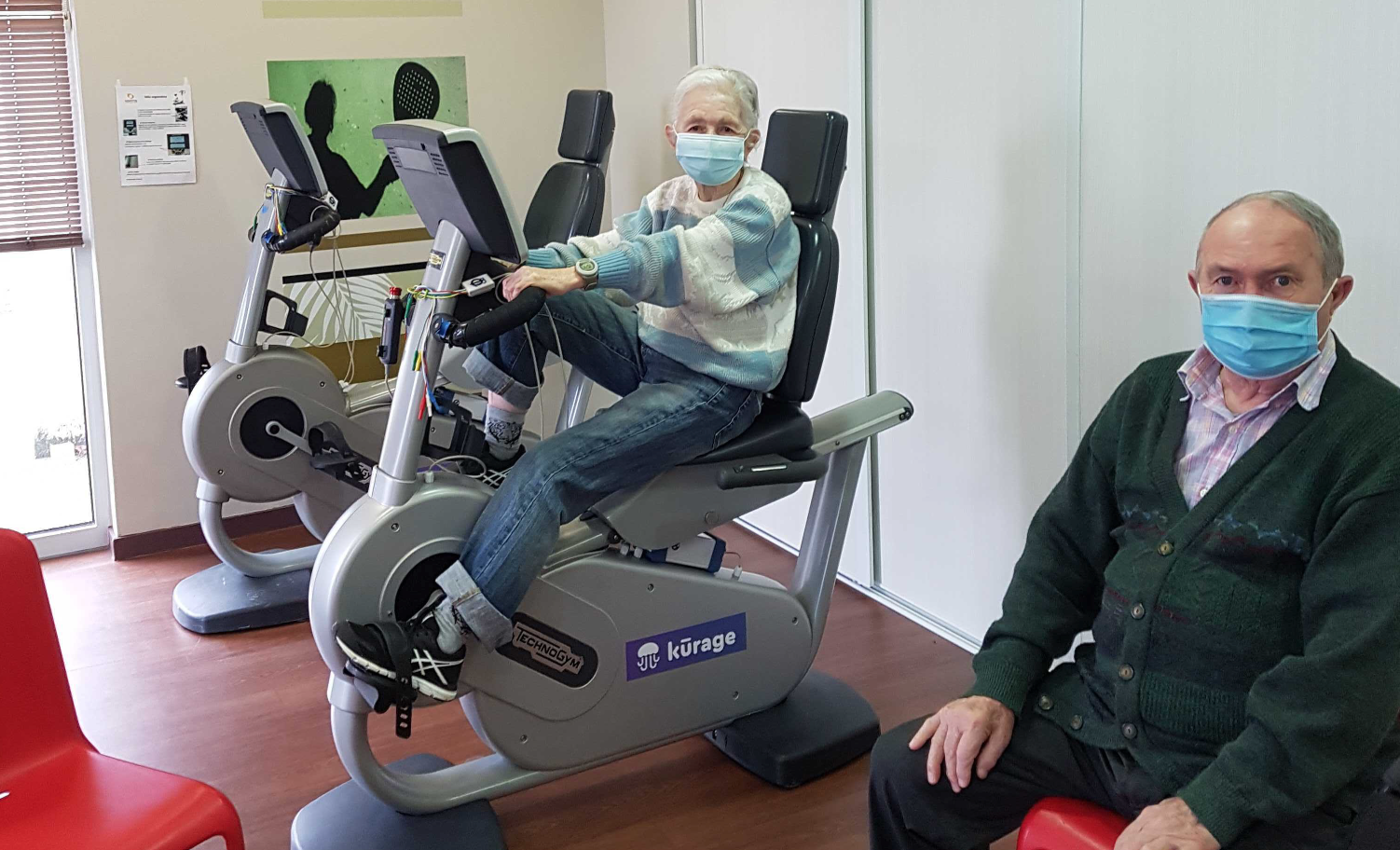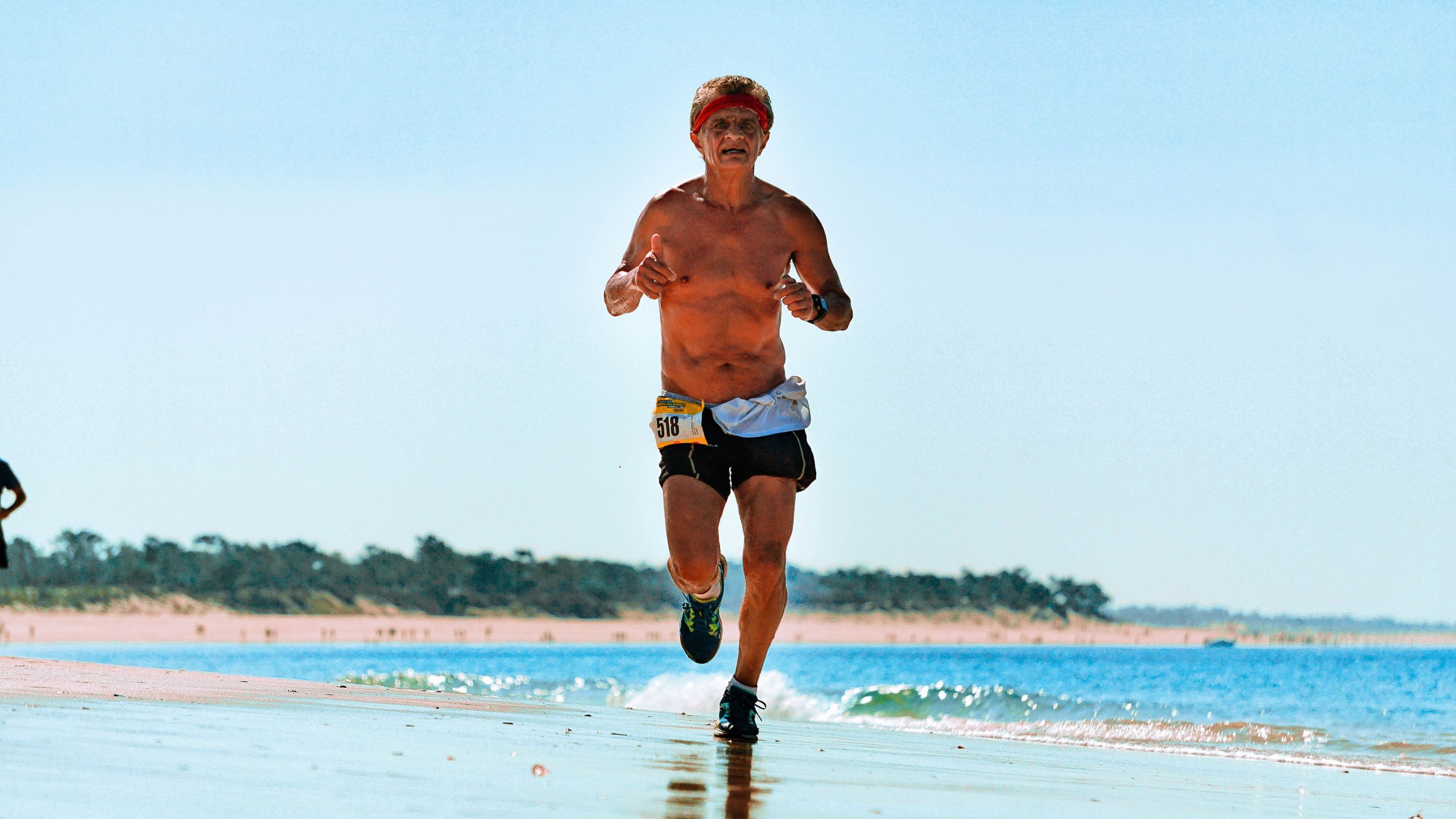The practice of sport adapted to Parkinson’s disease
The Kurage solution rehabilitates and supports the neuromuscular control system.
Sport for Parkinson’s disease

Physical benefits
The majority of people with Parkinson’s disease adopt a less active, more sedentary lifestyle. This can be partly explained by the imbalance and the fear of falling. This sedentary lifestyle is doubly harmful because it leads to deconditioning and could contribute to the progression of the disease.
The cardinal motor signs such as walking, posture, balance and coordination disorders that affect quality of life can be improved by rehabilitation, which should be considered a therapeutic practice in its own right. (Turc et al, 2021).
Regular physical activity is essential in the early stages of the disease. It should include motor strengthening and endurance work and should be of high intensity. Participation in a daily exercise programme and playing a sport adapted for Parkinson’s disease improves physical skills.
The benefits of sport for Parkinson’s disease
Non-motor benefits
Physical activity has its place in the treatment of the disease, in the same way as drug or surgical treatments.
Exercise on a bike or treadmill can improve the motor signs of the disease (motor skills, walking, balance, posture) and non-motor signs (sleep, cognition, mood) (Lauzé et al, 2016, Cochrane review 2015)
In the advanced stage of the disease, exercises should be done in a sitting position and under supervision (Kim et al, 2019). Thus, the Kurage electrostimulated bike, by providing an intense workout, could allow:
- Limit the progression of the disease. Innovative therapeutic techniques must be proposed/li>
- Improving the motor signs of the disease: balance, walking, motor skills
- Work on non-motor signs: sleep, cognition, mood

What is Parkinson’s disease?
Parkinson’s disease is a progressive loss of neurons affecting the central nervous system. It is a degenerative neurological disease whose causes are poorly understood. It is responsible for progressive motor disorders: slowed movements, tremors and rigidity.
In particular, there is muscular hypertonia, trembling of the extremities at rest, especially of the thumb, and akinesia (slowness of movement with a tendency to immobility). It is the second most common neurodegenerative disorder after Alzheimer’s disease.
Kurage reveals one’s sporting abilities
Other pathologies supported by Kurage
Contact us
Discover Kurage products and services. Ask us for more information.
Follow Us




